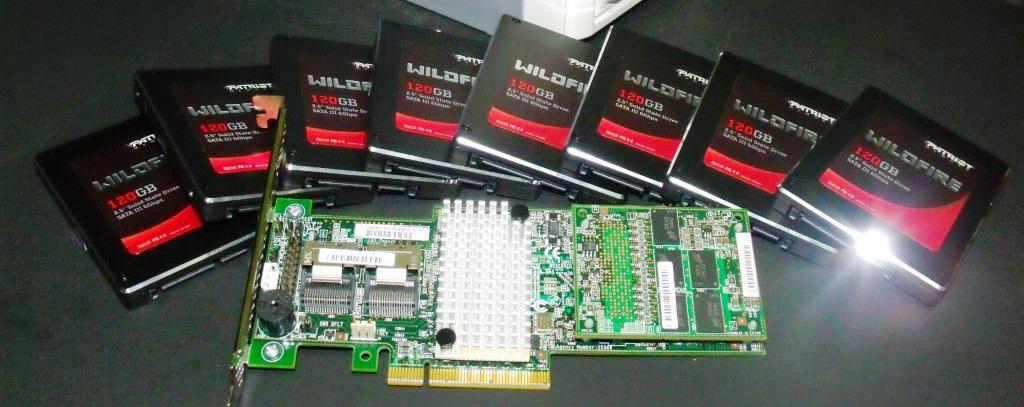RAID-5 is a well-proven technique for creating hard disk arrays that can withstand the failure of a single disk drive with no data loss. But applying the same RAID-5 concepts to SSD arrays can have the opposite effect and contribute to decreased data reliability, according to Skyera Inc., founded by an executive and engineering team with unsurpassed backgrounds in the NAND flash, solid-state, storage and networking arenas.
Skyera’s warning about the deficiencies of RAID-5 in SSD arrays has been validated by a new study from researchers at the Chinese University of Hong Kong. That study, Stochastic Analysis on RAID Reliability for Solid-State Drives, found that RAID-5 provides insufficient data protection and error correction to prevent data loss on SSD arrays as the flash media ages and error rates increase. In fact, the study suggest that RAID-5 reduces the reliability of SSD arrays as the constant updates of parity information increase the write cycles and cause the flash SSD to wear out prematurely.
According to the study, “The effectiveness of RAID in SSDs remains debatable as parity updates aggravate the wearing and bit error rates of SSDs. In particular, an open problem is how different parity distributions over multiple devices, such as the even distribution suggested by conventional wisdom, or uneven distributions proposed in recent RAID schemes for SSDs, may influence the reliability of an SSD RAID array.”
The solution, according the report, is a higher level of error correction or a better fault-tolerant scheme such as RAID-6. But implementing RAID-6 on an SSD array presents its own set of problems, specifically the higher write requirements for double parity, consuming valuable P/E cycles and shortening the life of the flash modules.
Skyera has developed a better solution to the RAID-5 dilemma with a RAID algorithm designed specifically for solid-state storage arrays that offers better data protection than RAID-6 with three times fewer writes to extend the life of flash storage. RAID-SE is another piece of Skyera’s SEOS solid-state operating system that combines hardware, storage and data management into a unified solution to provide the best overall performance, cost and power consumption attributes.
The skyHawk flash controller also employs adaptive read-write techniques which reduce flash substrate degradation, controller-based compression which can reduce writes to the flash modules, and advanced wear-levelling which minimizes the amount of flash activity required during writes. The integration of the Skyera technology produces 100x Life Amplification for the flash media, resulting in an industry leading 5-year life span that surpasses enterprise standards for reliability and durability.
“Skyera engineers were well aware of the limitations of RAID-5 from the outset so designing a better RAID solution for solid-state storage without the legacy baggage of HDD RAID algorithms was a key goal from the beginning,” said Dr. Radoslav Danilak, Skyera CEO. “RAID-SE is an engineering triumph with double parity data protection that actually improves the durability of the flash media.”
 The SSD Review The Worlds Dedicated SSD Education and Review Resource |
The SSD Review The Worlds Dedicated SSD Education and Review Resource | 

I wonder if RAID 4 might make a comeback with SSDs…
Move along folks, MS research into DiffRAID in 2009 already dove into all of this… https://research.microsoft.com/apps/pubs/default.aspx?id=103306